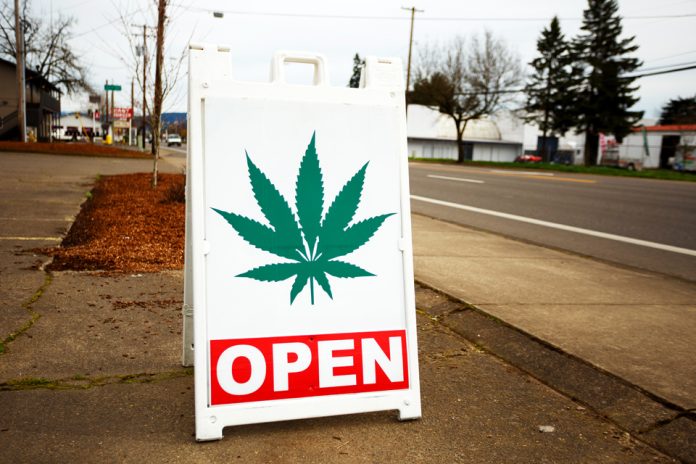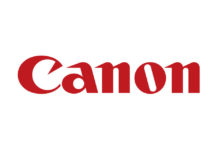At a recent International Sign Association (ISA) Affiliated Association event, the meeting turned to the topic of marijuana. No, it wasn’t about marijuana as a drug or the potential challenges of drug testing employees as more and more states allow some form of legal use. Instead it was about the opportunity of providing signs for this rapidly expanding retail business.
Understand though, that with the opportunity for more sign business means entering the “wild west,” an area where laws may not have caught up with the sweeping trend yet. Sign, graphics and visual communications companies that opt to serve this booming market should do so cautiously, understanding that a lot of questions remain.
Consider:
- Federal banking regulations are an issue. According to the National Cannabis Industry Association, “federal banking regulations have not caught up to the vast majority of states that now permit some form of legal cannabis commerce.” Since federal banking laws prohibit lending to cannabis and marijuana businesses, how can a sign company ensure it will get paid?
- Federal law still prohibits the sale of marijuana. In 2018, then Attorney General Jeff Sessions rescinded an Obama-era policy that de-prioritized enforcement of federal marijuana laws in states with well-regulated cannabis programs, according to the National Cannabis Industry Association. This created even more confusion about whether cannabis retailers could run afoul of federal law.
- Tax discrepancies exist, too, NCIA reports. Dispensaries and other cannabis businesses can’t deduct normal business operating expenses from their gross income. Signs and other advertising might be not be counted as a business expense.
- Advertising regulations are “especially strict,” according to Leafly, a Web site that lists clinics and dispensaries.
And yet, marijuana and cannabis retail is booming, and those dispensaries need signs.
I can’t think of another sector of retail that is opening stores at such a fast clip. According to CNN, two years ago, there were almost 10,000 businesses licensed to sell marijuana or hemp products. The Marijuana Business Factbook anticipates total retail marijuana sales in the US to near $30 billion by 2023—a threefold increase from 2018.
The number of states that allow marijuana use is contributing to the growth, despite the federal ban.
Some companies might dismiss this line of business outright, choosing not to offer this type of signage. Others see opportunity, though navigating the myriad sign codes related to the topic can be tricky.
Unlike most types of business signage, as states have allowed marijuana use—either medicinal or recreational—they have written into law restrictions on advertising and marketing these products—including the use of signs. Local jurisdictions have gotten into the act, too, often restricting cannabis dispensaries more severely than other businesses.
In surveying the sign codes throughout the country, it seems that many communities want to lump cannabis retailers into the same categories as adult-oriented businesses, such as preventing advertising within a certain distance of a school.
Though every state allows for the use of on-premise signs to advertise and market cannabis dispensaries —as they should any legal business—the patchwork of laws is quite interesting.
In Colorado—the first state to allow recreational retailers—outdoor signs (billboards) are banned, though the law specifically details that it “does not apply to any fixed sign that is located on the same zone lot as a Retail Marijuana Establishment and that exists solely for the purpose of identifying the location.” This is a roundabout way allowing on-premise signs, so long as they “otherwise comply with any applicable local ordinances.” This is why dispensaries in Colorado often have attractive and unique signs branding their location.
Many states don’t allow images or “logographics” on these signs, including a marijuana leaf, or a depiction of somebody using a product, and certainly not anything that could remotely appeal to children. So don’t expect some clever marketer to come up with Joe Camel’s cousin, by any stretch.
In the District of Columbia, window signs aren’t allowed, while Massachusetts singles out neon lighting for prohibition.
California allowed recreational use of marijuana in 2018 and does not limit on-premise signs. The city of Los Angeles, though, banned a long list of sign types for dispensaries: portable signs, sandwich signs, digital signs, spinner signs, monument signs, illuminated architectural canopy signs, pole signs, marquee signs, roof signs, temporary signs, and super graphics. While significantly limiting the options for businesses, it does allow vehicle wraps on commercial vehicles transporting or delivering cannabis.
Some states have draconian size requirements, including those that limit external signage to no larger than 16-by-18 square inches—or not that bigger than a sheet of legal paper.
I would imagine that some of these distinctions ultimately will be found to be based on content and perhaps will face legal challenges.
But it may take a while to get there.
Whether your company opts to serve this type of retailer is ultimately up to you, of course. But it points to the complex nature of sign codes—and the importance of understanding all the nuances of what is and what isn’t allowed.
No matter the type of sign, ISA is there to help with sign code issues. Reach out with your questions or challenges at [email protected].
—David Hickey, Vice President of Government Affairs at International Sign Association











